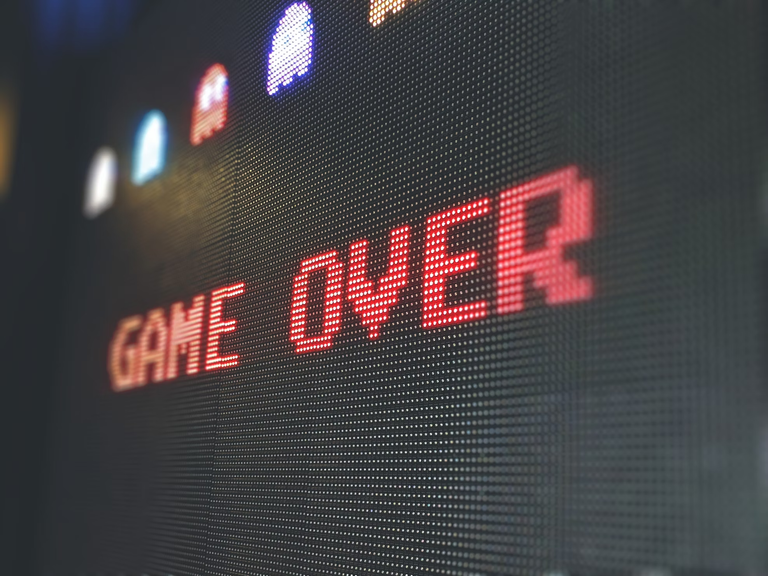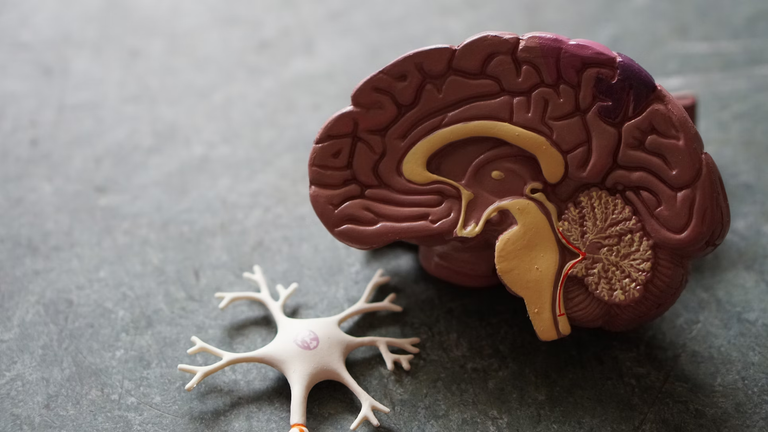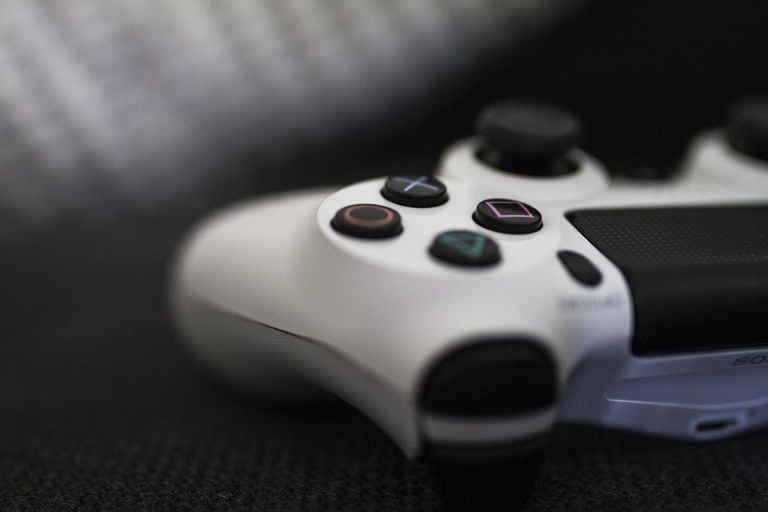I started a new series on YouTube where I review old lectures from the page @Healthygamergg on YouTube. I've Uploaded 1 but I've filmed 3.
The most recent episode I made was about why people who are addicted to online gaming know that they are doing harm to themselves yet they go ahead and do it.
In the post, he first stated the discussion with the normal reflex arc and what we do when we are affected by painful stimuli. After that, he explained why online gaming remains addictive despite the knowledge of just how destructive it can be.
In this edition, we will be going through these mechanisms and providing references to the knowledge given in the video. Do you think that knowledge on why you do the things you do can help you stop doing those things?
It Starts In The Brain
The seat of conscious thought is the brain. This is where all the magic happens before we hate ourselves for destroying ourselves takes place.
I remember our anatomy practicals where we were first exposed to the human brain. It was that of a man over 6-foot tall with large holes on his body that I could only assume were from bullets.
The brain in the palm of my hands and the blasting of formalin that went straight into my eyes made me cry, the most beautiful I have seen in my life.
This 3-pound clump of cells with gel-like consistency houses 2 other structures that are responsible for the emotions and the memory involved with the past.
The Hippocampus is a complex part of the brain around the temple of the head. It is described in multiple medical literature as looking like a seahorse.
Looking at pictures of the hippocampus now and knowing what I know now it looks more like a fetus than anything else actually but that reference is not as relatable as a seahorse.
Within close proximity to the hippocampus is the amygdala and it's part of a larger network of neural structures known as the limbic system. The amygdala is a small almond-shaped mass.
The First Burn
Little kids are so dramatic...at least that's what it feels like looking back at my life. I remember trying to bake eba for the first time.
Eba is a cassava cake (Nigerians free me) that is made with cassava grains (garri) and hot water.
I turned the hot water into the bowl and clumsily knocked all the water on my body.
Thinking about that now, I don't even know how it's possible to knock something down and still have it pour on you but it so happened that I had a blister on my elbow that I used for sympathy and to beg everyone for a bicycle (that I never got).
After that day I poured hot water on myself I was all of a sudden more careful around hot water.
Not much of a big shocker right? What's more of a shocker are the processes that have to take place between feeling the hurt and preventing the hurt.
The first step is feeling the heat from the water that sends sensory stimulation from afferent fibre to the spinal cord's reflex arc. At the reflex arc, all the hard work I had put into withdrawing my hand from the hot object as a toddler kicked in and I withdrew from the water even though it was too late.
Pain is carried up the somatosensory cortex.
The next step is to store up that pain. That is the job of the hippocampus. this part of the brain is under the influence of the amygdala which recognises the emotion involved in the pain elicited.
Pain is the best teacher and lessons learned painfully are hardly ever forgotten. Think about every heartbreak you have ever had what was the central theme that surrounded it and allowed the events to happen?
Online Pain
Unlike pain which is more physically noticeable, the repercussions are more indirect for existential crisis and follow a different pattern. Through fMRI studies, we have been able to find that the amygdala is calmed down by the stimulations of online activity.
At the same time, the hippocampus is busy trying to warn the amygdala that there is some repercussion around the corner but does the amygdala listen?
Unlike when it is a painful experience the messages go unattended to because the amygdala is unstimulated by the experience online.
@healthygamergg's analogies were mostly all about video gaming and its effect but if you reapply what he is trying to say you get scenarios where you had an assignment and you were binging on YouTube or you were constantly indulging in some other social media and you had something more important but you needed to you can see that it's not a monolith.
The addiction could also be to porn and more studies are coming out about the harmful effects of its use and addiction.
What Is The Solution?
One way could be to stimulate the amygdala with an electrode or get a high dose of epinephrine. But if you know about neurochemicals you know that there are many side effects that can be seen in the overstimulation of the amygdala. For more context, you can check out the condition known as an amygdala hijack.
You probably want something that won't end up killing you and the best way to do that is to know why you are engaging in the activity you are engaging in.
Especially if it is coming in the way of your life. Key features of your life include interactions with your family, friends, work or progress.
The most common reason people indulge in the addictive use of media is due to anxiety/fear and it is no surprise because the amygdala is hindered when we indulge in these activities.
Most times, however, on the other side of the fear you are avoiding is the better life you've been wishing for.




Thanks for your contribution to the STEMsocial community. Feel free to join us on discord to get to know the rest of us!
Please consider delegating to the @stemsocial account (85% of the curation rewards are returned).
You may also include @stemsocial as a beneficiary of the rewards of this post to get a stronger support.